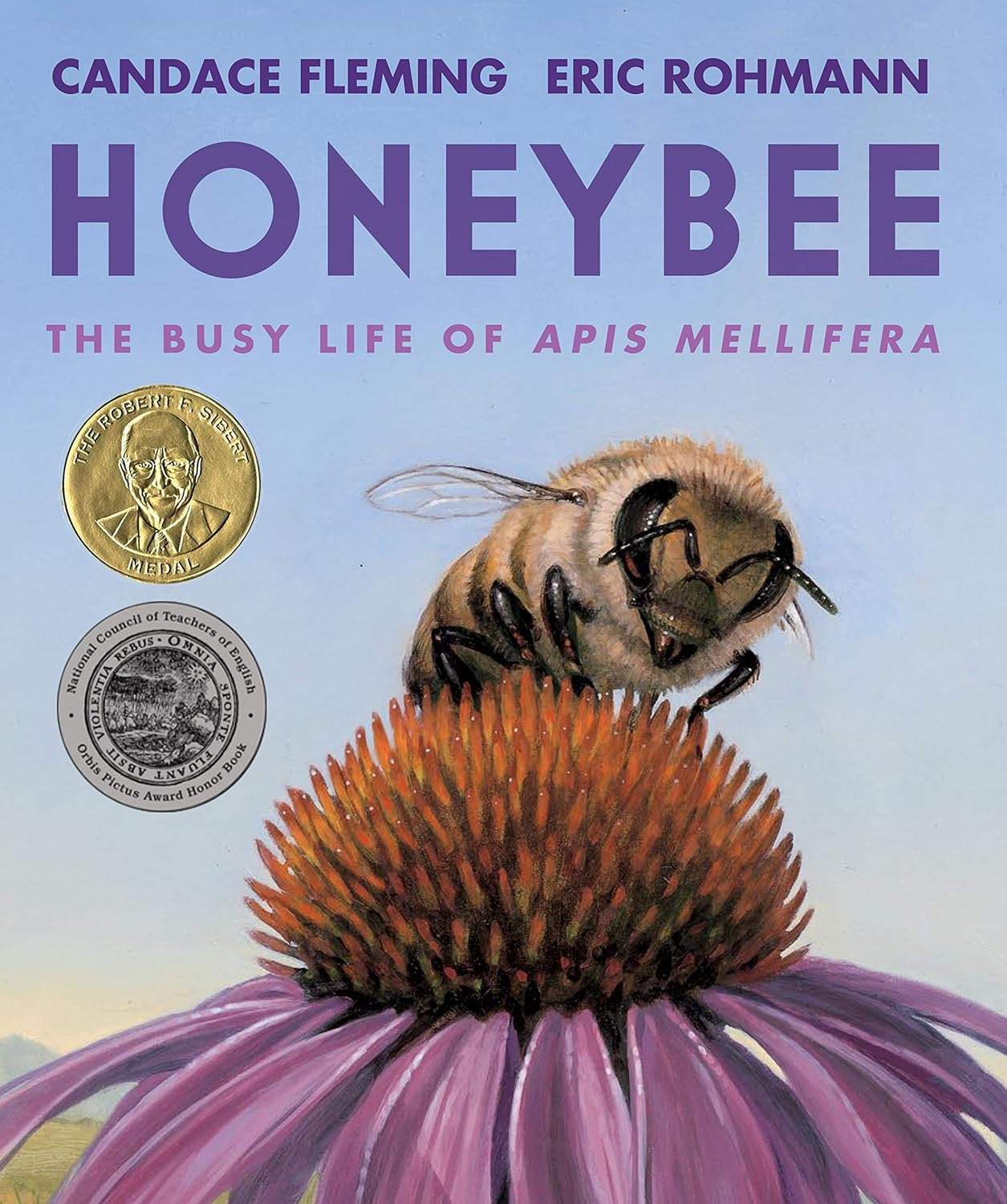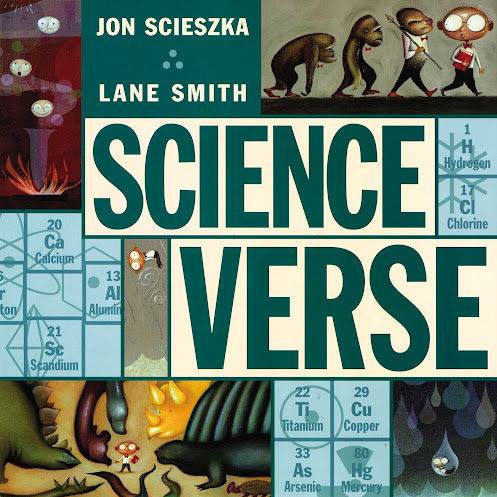Honeybee: The Busy Life of Apis Mellifera by Candace Fleming and Eric Rohmann

Informational Book Honeybee: The Busy Life of Apis Mellifera written by Candace Fleming and illustrated by Eric Rohmann. Published by Holiday House (2020) This non-fiction book narrates the lifespan and stages of a western honeybee From one female worker bee's birth through the many tasks in her short lifespan, climaxing with a double foldout spread where she takes flight, and working hard until one day she remains still. Then, a new honeybee pushes through the cell they hatched in and starts a new life. I really appreciate a good picture book, and I really appreciate accessible non-fiction so this is the best of both worlds. When I want to learn some broad strokes about a subject but don't want to invest too much time, I like to check out the children's nonfiction. Here Fleming has packed a great deal of information into a picture book, that was really a pleasure to read (and kind of emotional, from Apis's flight into the great blue sky above a field of wildflowers,...





